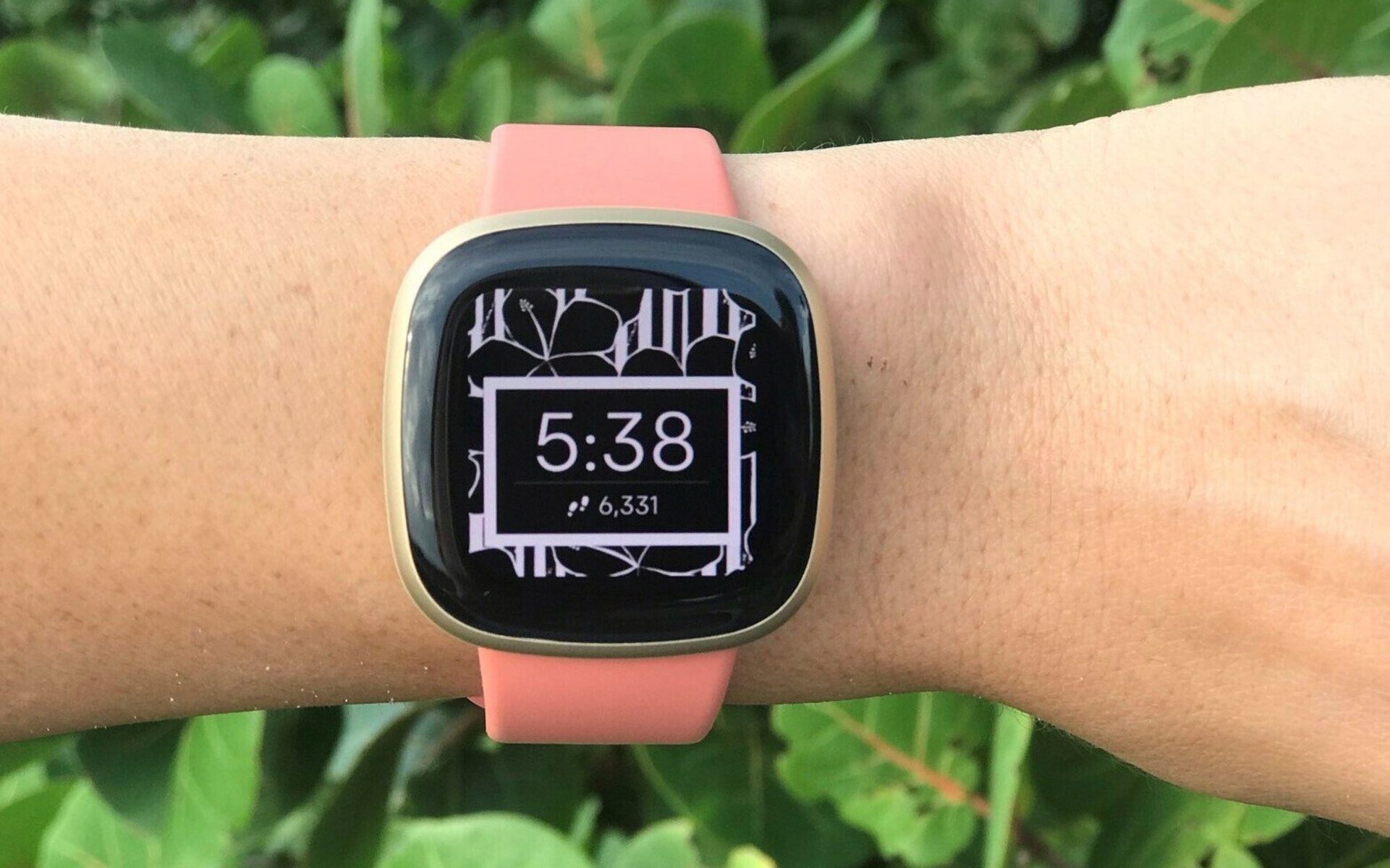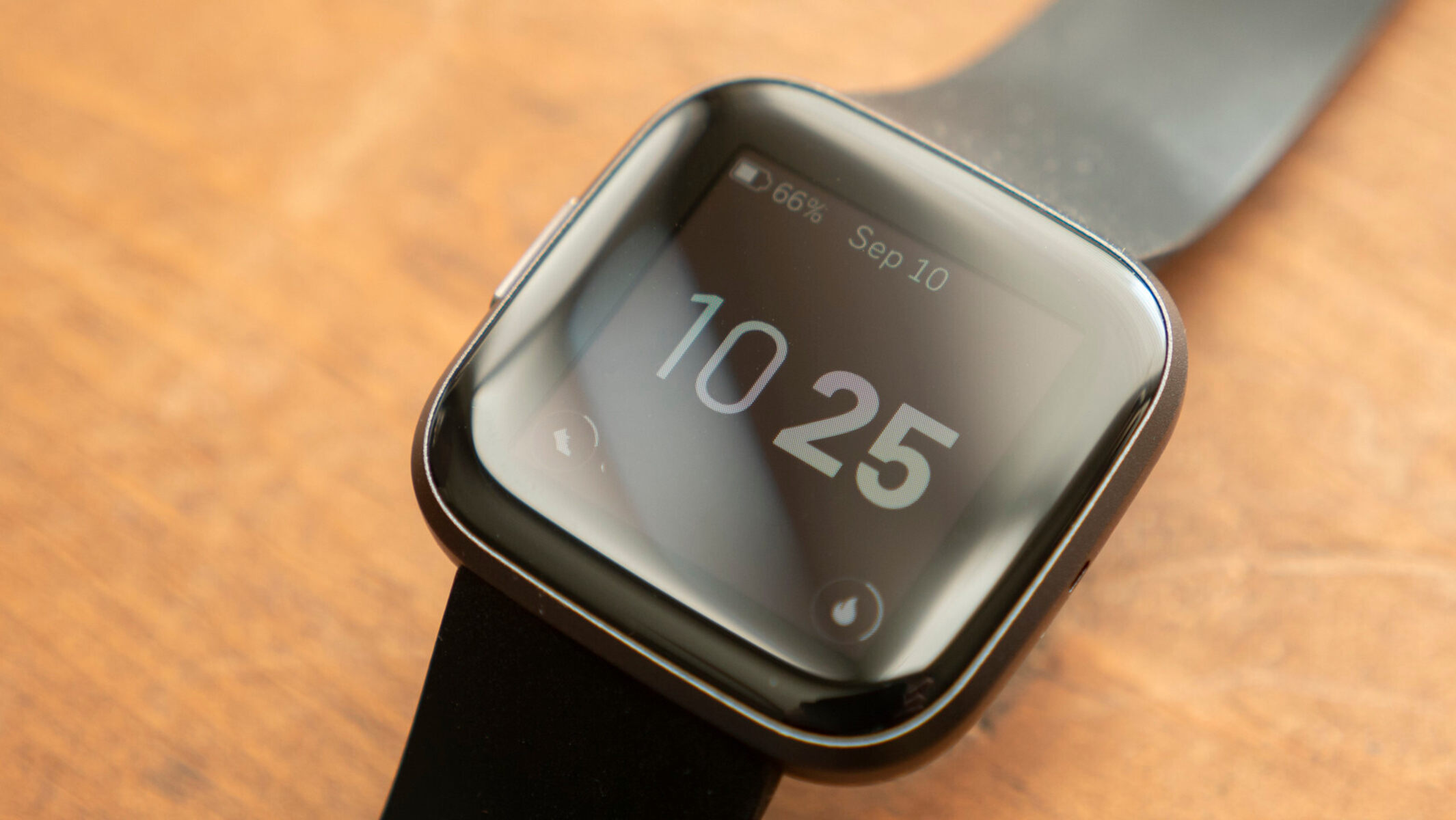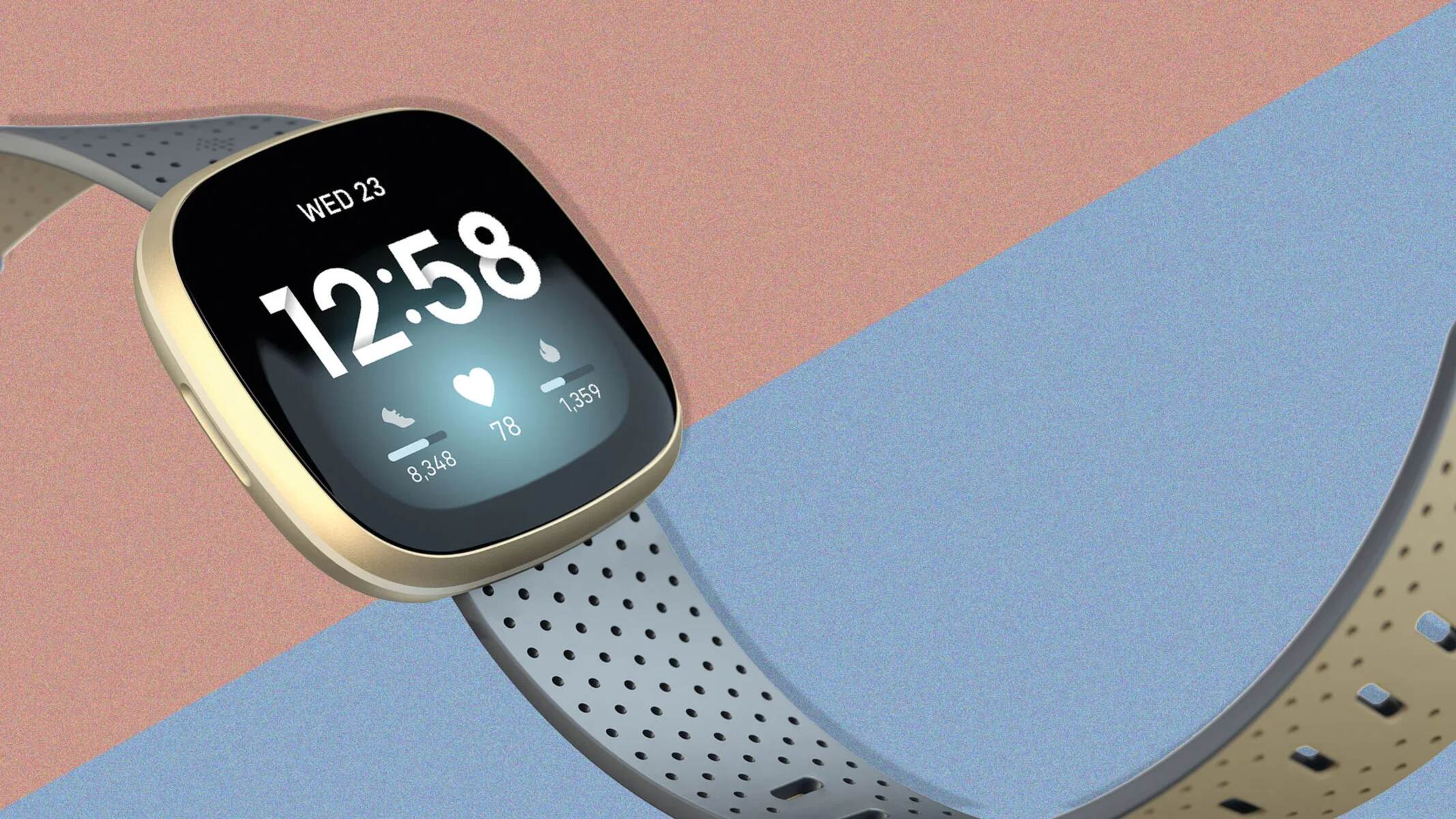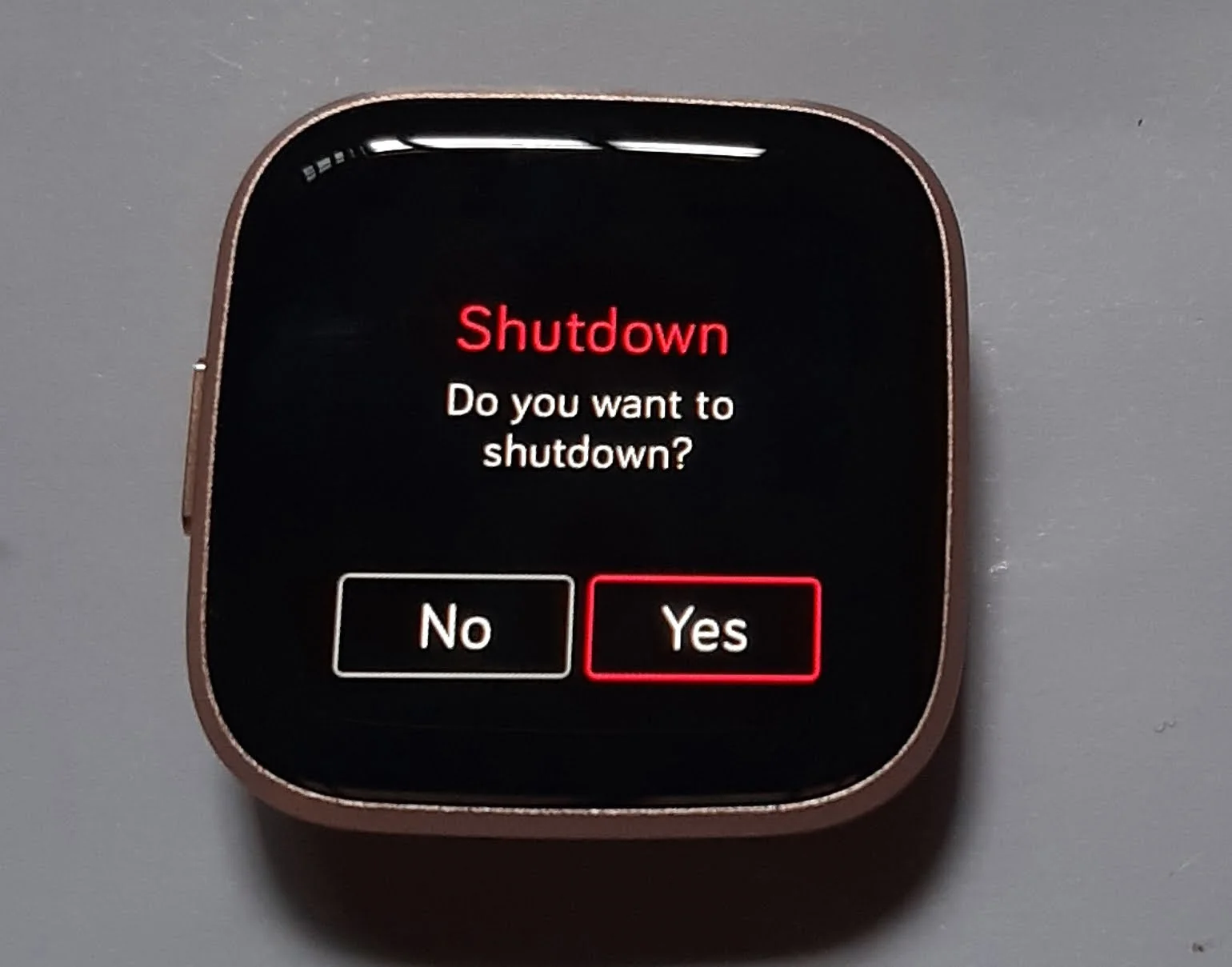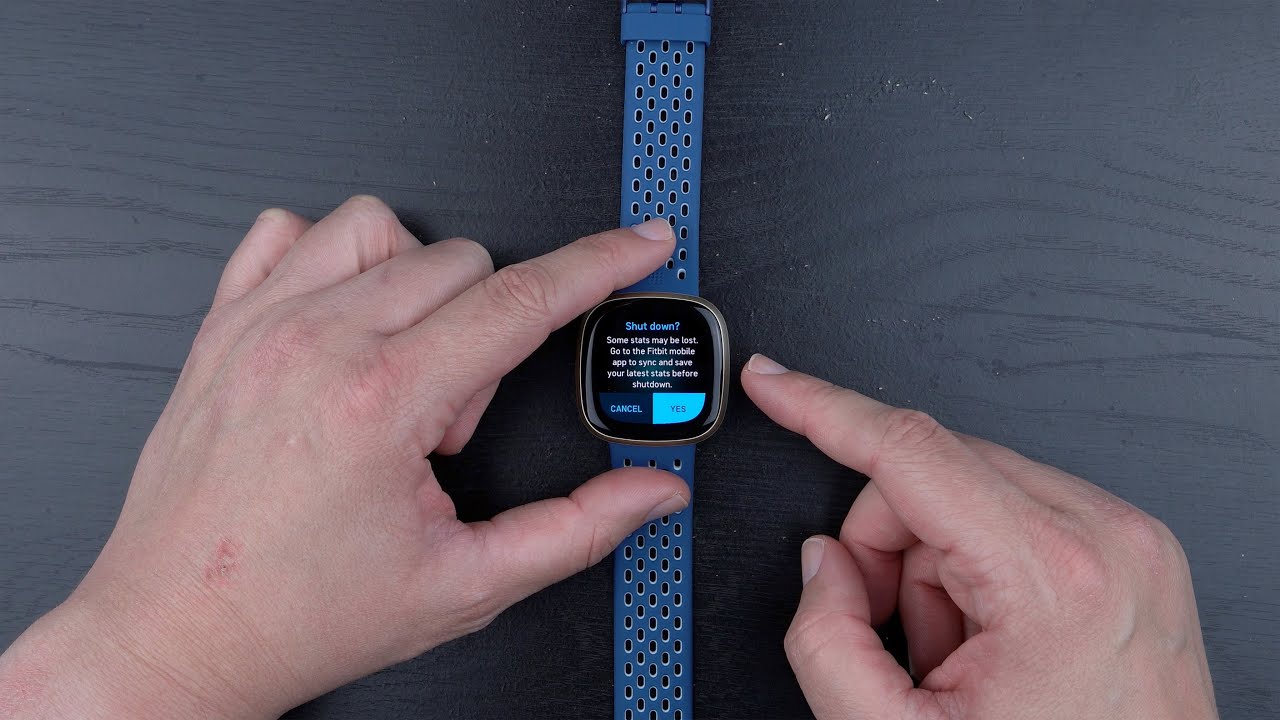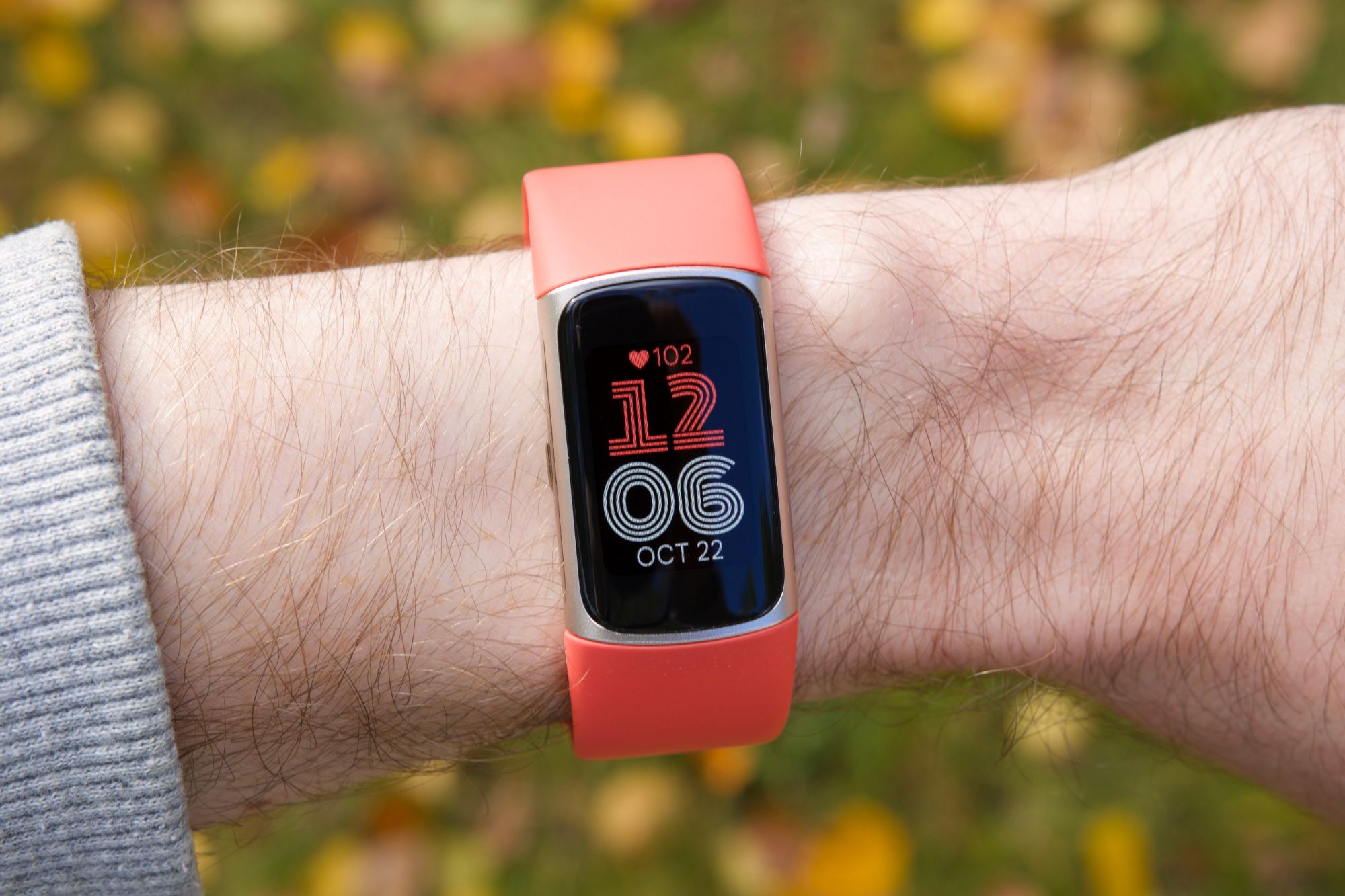Introduction
The Fitbit Versa 3 is a remarkable piece of wearable technology, designed to seamlessly integrate into our daily lives and help us stay connected, active, and healthy. With its array of features, including heart rate monitoring, sleep tracking, and exercise modes, the Versa 3 is a constant companion, providing valuable insights into our overall well-being.
However, amidst the excitement of utilizing the Versa 3's impressive capabilities, the importance of powering down the device might be overlooked. This simple action can often be underestimated, yet it plays a crucial role in maintaining the optimal performance and longevity of your Fitbit Versa 3.
In this article, we will delve into the significance of powering down your Fitbit Versa 3, as well as the step-by-step process to do so. Furthermore, we will explore the benefits of this practice, shedding light on how it can contribute to the overall efficiency and effectiveness of your device.
Stay tuned as we uncover the reasons behind powering down your Fitbit Versa 3 and how it can positively impact your wearable experience.
Why Powering Down Your Fitbit Versa 3 is Important
Powering down your Fitbit Versa 3 is a crucial practice that often goes unnoticed amidst the excitement of using this advanced wearable device. The significance of this action lies in its ability to preserve the overall functionality and performance of the Versa 3, ensuring that it continues to operate optimally over time.
First and foremost, powering down your Fitbit Versa 3 allows the device to undergo a complete reset. Just like any electronic device, the Versa 3 benefits from a periodic reset to clear any temporary data or processes that may be lingering in the background. This reset can help resolve minor software glitches or performance issues, ultimately leading to a smoother and more responsive user experience.
Additionally, regularly powering down your Fitbit Versa 3 can contribute to conserving its battery life. By shutting down the device, it ceases all background processes and activities, minimizing unnecessary power consumption. This can be particularly advantageous for individuals who may not use their Versa 3 continuously, such as during sleep or periods of inactivity. By powering down the device during these times, you can extend its battery life and reduce the frequency of recharging.
Furthermore, the act of powering down your Fitbit Versa 3 serves as a form of maintenance, similar to how we power off other electronic devices when not in use. This practice helps prevent overheating and reduces the wear and tear on the internal components, potentially prolonging the lifespan of the device.
In a broader context, regularly powering down your Fitbit Versa 3 aligns with the principles of responsible device management. It encourages mindfulness in utilizing technology and promotes a balanced approach to integrating wearables into our daily routines. By incorporating this practice into your device usage habits, you demonstrate a proactive stance in preserving the longevity and efficiency of your Fitbit Versa 3.
Ultimately, the importance of powering down your Fitbit Versa 3 cannot be overstated. It is a simple yet effective measure that can positively impact the overall performance, longevity, and user experience of this advanced wearable device.
How to Power Down Your Fitbit Versa 3
Powering down your Fitbit Versa 3 is a straightforward process that can be easily accomplished through the device's interface. Follow these simple steps to gracefully shut down your Versa 3:
-
Access the Settings: Start by navigating to the "Settings" option on your Fitbit Versa 3. This can be done by swiping left on the device's home screen to reveal the apps, then selecting "Settings" from the list of available options.
-
Select About: Within the Settings menu, scroll down and select the "About" option. This will provide you with essential information about your device, including its current software version and serial number.
-
Choose Shutdown: After accessing the "About" section, scroll down to find the "Shutdown" option. Selecting this will prompt a confirmation message, ensuring that you intend to power down your Versa 3.
-
Confirm Shutdown: Upon receiving the confirmation prompt, follow the on-screen instructions to confirm the shutdown process. This typically involves pressing a button or tapping on the screen to finalize the shutdown command.
-
Wait for Shutdown: Once the shutdown command is confirmed, your Fitbit Versa 3 will begin the graceful process of powering down. It is important to wait for the device to complete this process before attempting to turn it back on.
By following these steps, you can effectively power down your Fitbit Versa 3, allowing it to reset and conserve battery life when not in use. Incorporating this practice into your device management routine can contribute to the overall efficiency and longevity of your Versa 3, ensuring that it continues to deliver a seamless and reliable user experience.
Remember, periodically powering down your Fitbit Versa 3 is a proactive measure that aligns with responsible device management, promoting the optimal performance and longevity of this advanced wearable technology.
Benefits of Powering Down Your Fitbit Versa 3
Powering down your Fitbit Versa 3 yields a multitude of benefits that significantly contribute to the overall performance and longevity of the device. By incorporating this practice into your routine device management, you can unlock the following advantages:
1. Enhanced Performance:
Regularly powering down your Fitbit Versa 3 allows the device to undergo a complete reset, effectively clearing temporary data and processes that may impact its performance. This reset can help resolve minor software glitches, ensuring that your Versa 3 operates smoothly and responsively. By eliminating accumulated background processes, the device can function optimally, providing a seamless user experience.
2. Extended Battery Life:
Shutting down your Fitbit Versa 3 when not in use can significantly contribute to conserving its battery life. By ceasing all background processes and activities, the device minimizes unnecessary power consumption. This is particularly beneficial during periods of inactivity, such as when the device is not being worn or during sleep. By powering down the Versa 3 during these times, you can effectively extend its battery life, reducing the frequency of recharging and enhancing its overall efficiency.
3. Prevents Overheating:
Powering down your Fitbit Versa 3 serves as a proactive measure to prevent overheating and reduce the wear and tear on its internal components. By allowing the device to rest and cool down, particularly after extended periods of use, you can mitigate the risk of overheating-related issues. This practice contributes to the overall health of the device, potentially prolonging its lifespan and ensuring consistent performance over time.
4. Responsible Device Management:
Incorporating the practice of powering down your Fitbit Versa 3 aligns with responsible device management principles. It encourages mindfulness in utilizing wearable technology and promotes a balanced approach to integrating wearables into our daily lives. By actively participating in the maintenance and care of your device, you demonstrate a proactive stance in preserving its longevity and efficiency, contributing to a sustainable and reliable user experience.
By recognizing and embracing the benefits of powering down your Fitbit Versa 3, you can optimize its performance, extend its battery life, prevent potential issues, and actively participate in responsible device management. This simple yet impactful practice underscores the value of proactive device care and maintenance, ensuring that your Versa 3 continues to deliver an exceptional and reliable wearable experience.
Conclusion
In conclusion, the act of powering down your Fitbit Versa 3 is a simple yet impactful practice that holds significant implications for the overall performance, longevity, and user experience of this advanced wearable device. By gracefully shutting down the Versa 3 at appropriate intervals, users can unlock a myriad of benefits that contribute to the optimal functionality and responsible management of their device.
Regularly powering down the Fitbit Versa 3 allows the device to undergo a complete reset, effectively clearing temporary data and processes that may impact its performance. This reset can help resolve minor software glitches, ensuring that the Versa 3 operates smoothly and responsively. Additionally, this practice can significantly contribute to conserving the device's battery life, minimizing unnecessary power consumption during periods of inactivity and enhancing its overall efficiency.
Furthermore, the act of powering down the Fitbit Versa 3 serves as a proactive measure to prevent overheating and reduce the wear and tear on its internal components. By allowing the device to rest and cool down, users can mitigate the risk of overheating-related issues, potentially prolonging its lifespan and ensuring consistent performance over time.
In a broader context, incorporating the practice of powering down the Fitbit Versa 3 aligns with responsible device management principles. It encourages mindfulness in utilizing wearable technology and promotes a balanced approach to integrating wearables into our daily lives. By actively participating in the maintenance and care of their device, users demonstrate a proactive stance in preserving its longevity and efficiency, contributing to a sustainable and reliable user experience.
Ultimately, the significance of powering down the Fitbit Versa 3 cannot be understated. It is a fundamental aspect of responsible device management that empowers users to optimize the performance, extend the battery life, prevent potential issues, and actively participate in the maintenance and care of their device. By recognizing and embracing the benefits of this practice, users can ensure that their Fitbit Versa 3 continues to deliver an exceptional and reliable wearable experience, enhancing their overall well-being and connectivity in the process.







